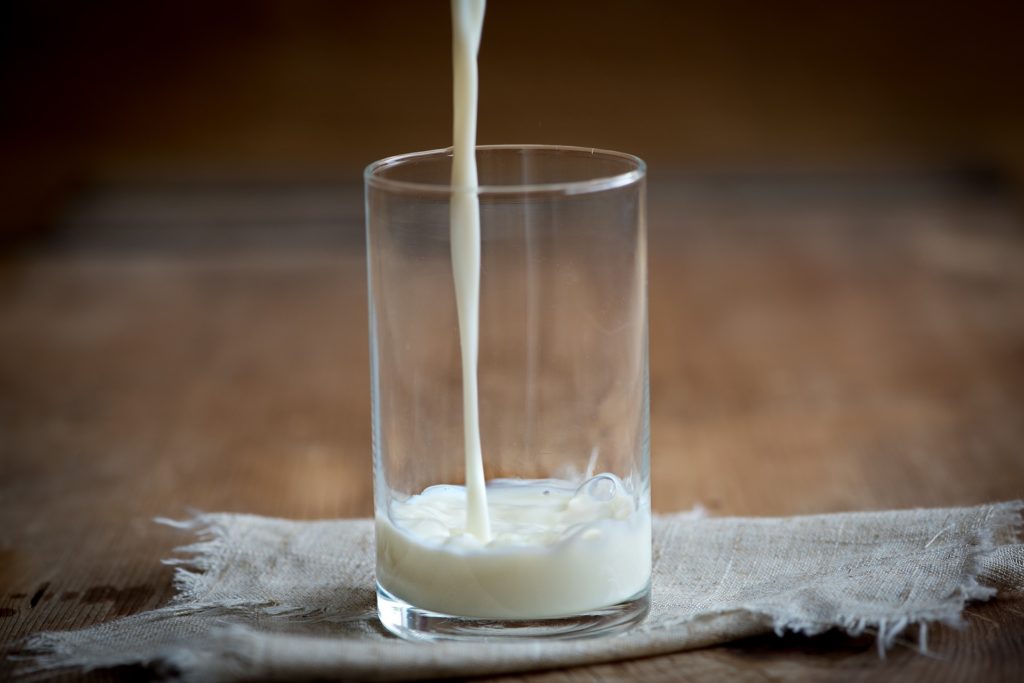It has certainly been exciting seeing Class III milk futures moving up to and above $18.00 in a few months. It has been some time since it has been at that level. There is nothing magic about $18.00 other than it has been such a long time since it has been at that level, it seems as if a milestone has been achieved.
So far, underlying cash prices have not been able to support futures price to hold above that level and continue to trend higher. There is optimism of higher prices, but optimism needs to be supported by reality. Cheese prices have been trending lower over the past week which has put a little concern in the market. We know that prices in any market cannot trend one way forever without a retracement and this is likely what is taking place currently.
There is concern that the milk supply will tighten as the year progresses. Farms continue to exit the dairy business and most expansions have been put on hold. Milk prices need to be stronger than what they are for a longer period of time before confidence will return to dairy farmers. The stage has been set for higher milk prices, but it is being set at the expense of those going out of business.
One problem that continues to plague the industry is the decrease of exports. The value of U.S. exports reached a four-year high in May with only three categories posting gains from the previous year. Cheese was one of them which is certainly a bright spot. Cheese exports were up 11% from May 2018, but were still 6% below the amount exported during May 2017. The other two categories were milk protein concentrate (+9%) and milk/cream (+24%).
Dry whey continues to suffer with exports backing up into the domestic market putting pressure on milk price potential. Dry whey price is down nearly to the levels it was during the month of March and not far from the low price it had been when cash dry whey trading began on the CME in March 2018. This is becoming a real anchor on the potential for Class III prices. If the tariff situation with China is resolved, they still will not increase dry whey purchases to the level they had been due to the loss of many of the nation’s hog herd because of African swine fever.
The first half of the year does bode well as an indication that the second half should find support and buying interest as supply tightens. Presently, there is sufficient milk for manufacturing demand. That may change once schools open again and milk is utilized for filling the school pipeline.
We are still not out of the woods and the second half of the year will be filled with volatility and uncertainty. Lower supply may be sufficient for reduced demand keeping milk prices better than last year, but maybe lower than hoped.
Article sourced from https://www.milkbusiness.com



